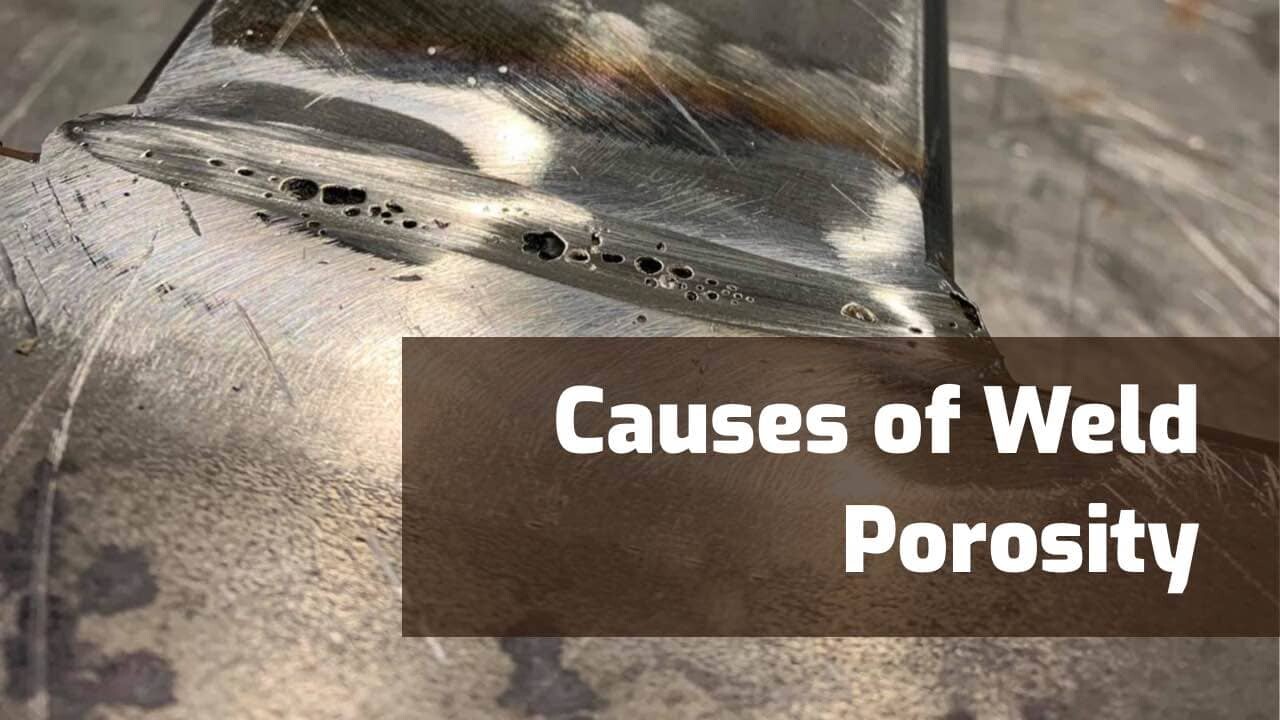What is Porosity in Welding: Vital Tips for Getting Flawless Welds
Untangling the Enigma of Porosity in Welding: Tips for Lessening Problems and Maximizing Quality
In the complex world of welding, porosity continues to be a consistent difficulty that can dramatically impact the high quality and integrity of welded joints. As we dig into the depths of porosity in welding, discovering the keys to its prevention and control will be critical for professionals looking for to master the art of high-quality weldments.
Recognizing Porosity in Welding
Porosity in welding, an usual problem come across by welders, refers to the presence of gas pockets or voids in the welded material, which can endanger the stability and quality of the weld. These gas pockets are typically entraped throughout the welding procedure due to different factors such as incorrect shielding gas, infected base products, or inaccurate welding parameters. The formation of porosity can compromise the weld, making it prone to fracturing and corrosion, eventually causing architectural failings.
By identifying the importance of maintaining proper gas protecting, ensuring the cleanliness of base products, and optimizing welding settings, welders can considerably decrease the probability of porosity formation. In general, a comprehensive understanding of porosity in welding is essential for welders to generate top notch and long lasting welds.

Usual Root Causes Of Porosity
When inspecting welding processes for potential top quality issues, recognizing the common reasons of porosity is necessary for preserving weld integrity and preventing architectural failures. Porosity, defined by the visibility of cavities or voids in the weld metal, can dramatically compromise the mechanical properties of a bonded joint. One typical reason for porosity is incorrect shielding gas insurance coverage. Poor securing gas flow rates or inappropriate gas mixes can bring about atmospheric contamination, resulting in porosity development.
Furthermore, welding at inappropriate criteria, such as exceedingly high travel speeds or currents, can generate too much turbulence in the weld swimming pool, capturing gases and triggering porosity. By dealing with these common reasons via correct gas shielding, material preparation, and adherence to optimal welding specifications, welders can lessen porosity and improve the quality of their welds.
Methods for Porosity Avoidance
Implementing reliable safety nets is essential in reducing the incident of porosity in welding processes. One technique for porosity avoidance is ensuring appropriate cleaning of the base steel before welding. Pollutants such as oil, oil, rust, and paint can result in porosity, so extensive Check This Out cleaning using appropriate solvents or mechanical approaches is vital.

Making use of top notch filler materials and shielding gases that are appropriate for the base metal and welding procedure can considerably reduce the threat of porosity. Additionally, keeping appropriate welding parameters, such as voltage, existing, travel rate, and gas flow price, is important for porosity avoidance.
Moreover, employing appropriate welding techniques, such as preserving a consistent traveling speed, electrode angle, and arc size, can help stop porosity (What is Porosity). Adequate this article training of welders to guarantee they follow finest practices and high quality control treatments is likewise essential in lessening porosity defects in welding

Best Practices for Top Quality Welds
One trick practice is maintaining proper cleanliness in the welding area. Thoroughly cleansing the work surface and surrounding area prior to welding can assist alleviate these problems.
Another best practice is to very carefully select the ideal welding specifications for the specific products being joined. This consists of setting the appropriate voltage, existing, travel rate, and securing gas flow price. Appropriate parameter option makes certain optimal weld infiltration, blend, and general top quality. Utilizing premium welding consumables, such as electrodes and filler steels, can substantially impact the final weld top quality. Purchasing premium consumables can lead to more powerful, a lot more long lasting welds with less issues. By complying with these ideal practices, welders can continually create premium welds that meet sector criteria and surpass client assumptions.
Relevance of Porosity Control
Porosity control plays an essential function go to this web-site in ensuring the honesty and quality of welding joints. Porosity, defined by the visibility of cavities or gaps within the weld steel, can considerably jeopardize the mechanical residential or commercial properties and structural stability of the weld. Extreme porosity weakens the weld, making it extra vulnerable to splitting, corrosion, and general failure under operational lots.
Effective porosity control is essential for preserving the wanted mechanical residential properties, such as strength, ductility, and sturdiness, of the welded joint. What is Porosity. By decreasing porosity, welders can improve the overall quality and dependability of the weld, guaranteeing that it meets the performance needs of the intended application
Moreover, porosity control is vital for attaining the wanted aesthetic appearance of the weld. Extreme porosity not just damages the weld but additionally diminishes its visual allure, which can be important in markets where looks are very important. Correct porosity control techniques, such as utilizing the proper protecting gas, regulating the welding criteria, and making sure correct sanitation of the base materials, are vital for generating high-grade welds with minimal issues.

Verdict
Finally, porosity in welding is a common defect that can compromise the top quality of the weld. By comprehending the root causes of porosity and executing appropriate avoidance techniques, welders can minimize flaws and accomplish higher high quality welds. It is vital to manage porosity in welding to ensure the integrity and toughness of the end product. Executing best practices for porosity control is essential for accomplishing ideal welding outcomes.